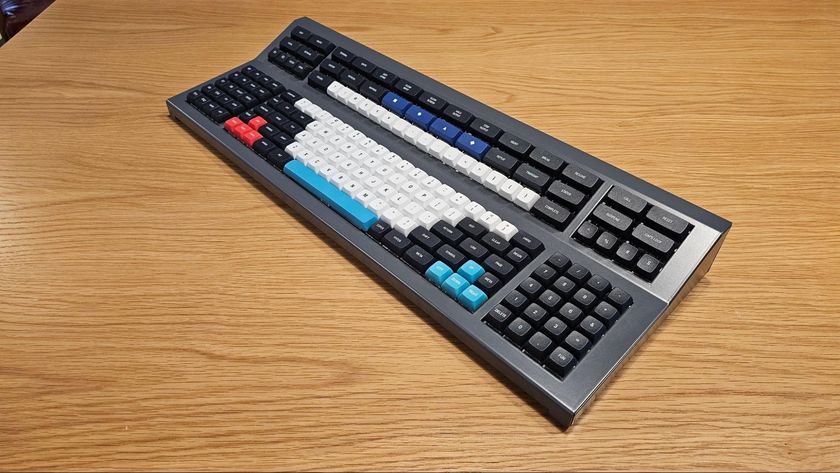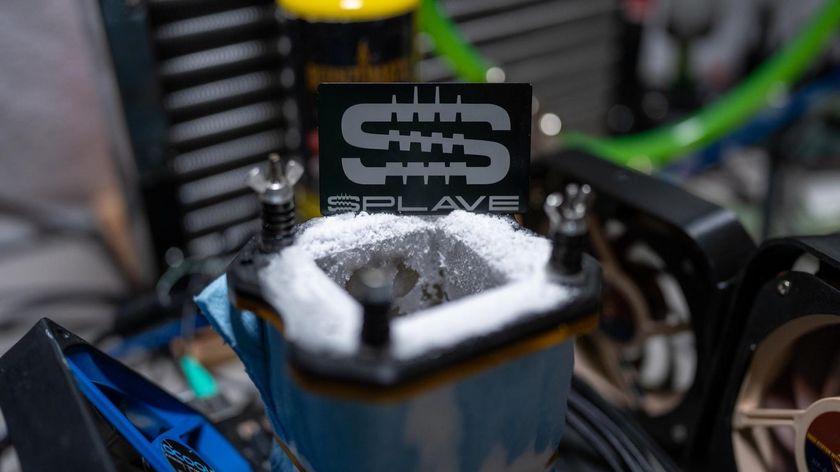OpenGL Workstation Power - Graphics Cards for the Professional User
Stability And Quality Are First And Foremost

The market for high-end OpenGL graphics boards is not very well defined. This press release from Nvidia gives one set of data, and this one from 3Dlabs says it another way. In truth, the annual global sales volume of high end OpenGL graphics board is approximately 200,000 units so, either way, it is a very specialized segment of the industry. In this graphics card market segment, the devil lies in the details - sales pitches don't focus as much on polygon and pixel fill rates as they do on the considerable effort put into optimizing drivers, and delivering precision.
Instability and ineffective rendering when running industrial applications are unacceptable to designers, and neither is any compromise on image accuracy. The high-end OpenGL graphics user expects to see the precision of engineering drawings reflected in what is seen on the display where any mistakes in a design, if not caught or overlooked, can result in cost overruns, and unnecessary expense. The demand for precision and quality means that developing an OpenGL solution for high-end users is not cheap and manufacturers pass their development costs on to the customer. For example, the cheapest graphics card in our test, the Elsa Gloria III with NVIDIA's Quadro2 Pro chip, retails for $1,000.
You have to shell out even more for an ATI Fire GL4 or a Wildcat II 5110 - to the tune of $2,500 in the case of the Wildcat. Nevertheless, these prices are mostly intended to provide customers with a point of reference since virtually all OpenGL cards are sold as part of a workstation through a systems integrator (SI) or independent software vendor (ISV) partner. You may find PCI versions of some high-end cards through retailers, but a general search for high-end OpenGL cards in the retail channel may prove fruitless. That may change in the next year as economic pressures drive users to upgrade their workstation systems rather than opt for new purchases.
Stay On the Cutting Edge: Get the Tom's Hardware Newsletter
Get Tom's Hardware's best news and in-depth reviews, straight to your inbox.
Current page: Stability And Quality Are First And Foremost
Next Page A Comparison Of OpenGL Systems












